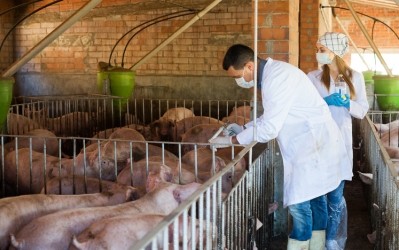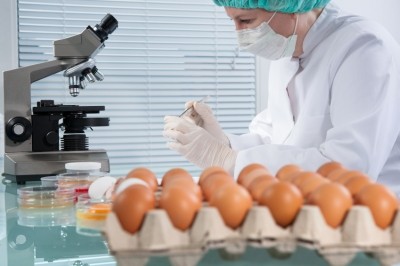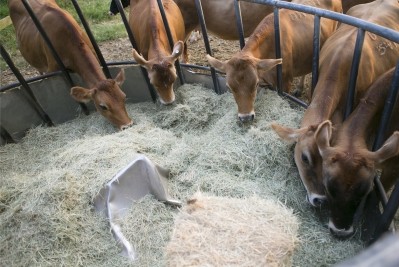Reports from VIV Europe
Antibiotic usage on Dutch chicken farms set to be used as yardstick to gauge feed quality
A proposal has been tabled by vets and farmers in the Netherlands to rate feed companies against the usage levels of antibiotics on the chicken farms they supply, said Dr Hetty van Beers-Schreurs, director of the Dutch Veterinary Medicines Authority (SDA).
We talked to her at VIV Europe in Utrecht last week where she reported on the success of the Dutch poultry production industry, in particular, in lessening its reliance on therapeutic antibiotics.
The results of the SDA survey for 2013, looking at the broiler sector, show it has achieved a decrease in antibiotic usage of between 40% and 50%.
However, the Dutch government is looking for a further decrease – they want a reduction in antibiotic usage across all livestock sectors by 70% by next year.
The role of feed manufacturers
But van Beers-Schreurs said more responsible use, rather than additional decreases in the amount of antibiotics being employed, is the key to tackling resistance to antimicrobials in animals and ensuring a high level of animal welfare.
Criteria such as animal nutrition, the quality of the management and the livestock housing environment are vital for maintaining animal health on the farm, said the SDA boss.
“Feed companies play an important role,” said van Beers-Schreurs. "They realize they are part of a team to improve animal health."
She said feed manufacturers are ready to step up their game to help support antibiotic reduction in poultry production.
Antibiotic consumption analysis
The SDA was set up in 2010 to promote responsible drug use in Dutch animal husbandry, in particular in relation to the use of antibiotics.
The authority, which is an independent agency, monitors, analyses and reports data on consumption of antimicrobials on a yearly basis in a bid to make consumption pattern trends in the various livestock sectors transparent.
An action plan to reduce antimicrobial resistance in the Netherlands was kick-started in 2008 with the implementation of a taskforce involving farmers, veterinarians and feed companies.
And the increasing problem of microbial resistance motivated the Nevedi, the association of Dutch feed manufacturers, to cease production of medicated feed in 2011.
Early chick feeding
Carla van der Pol, a researcher with HatchTech, also spoke at the same VIV Europe conference session.
She said providing chicks with nutrients soon after they hatch could help reduce antibiotic usage in poultry.
A study evaluating the early feeding of chicks with a nutritional supplement found the birds were better able to withstand subsequent exposure to coccidiosis infection, said van der Pol.







